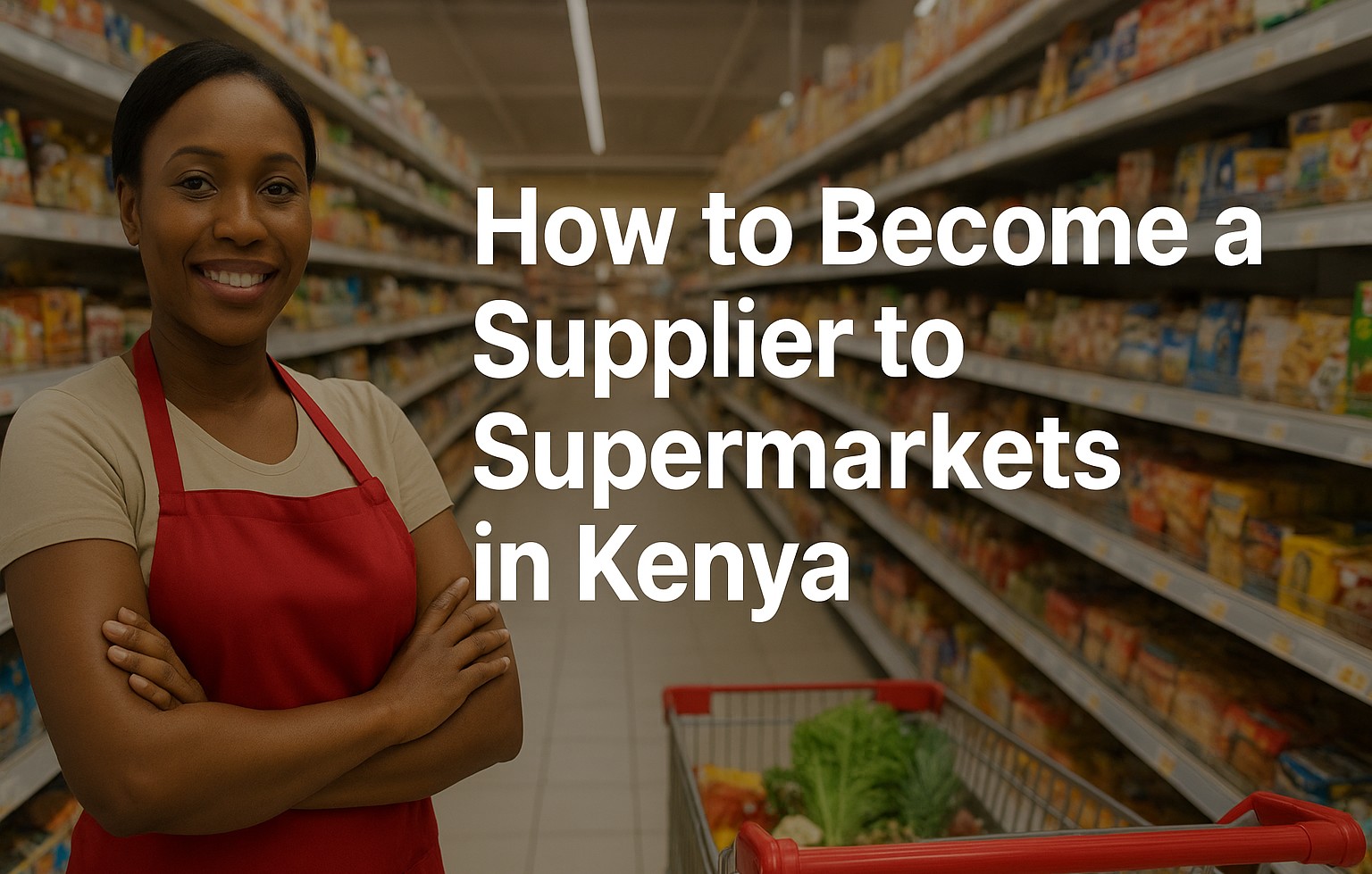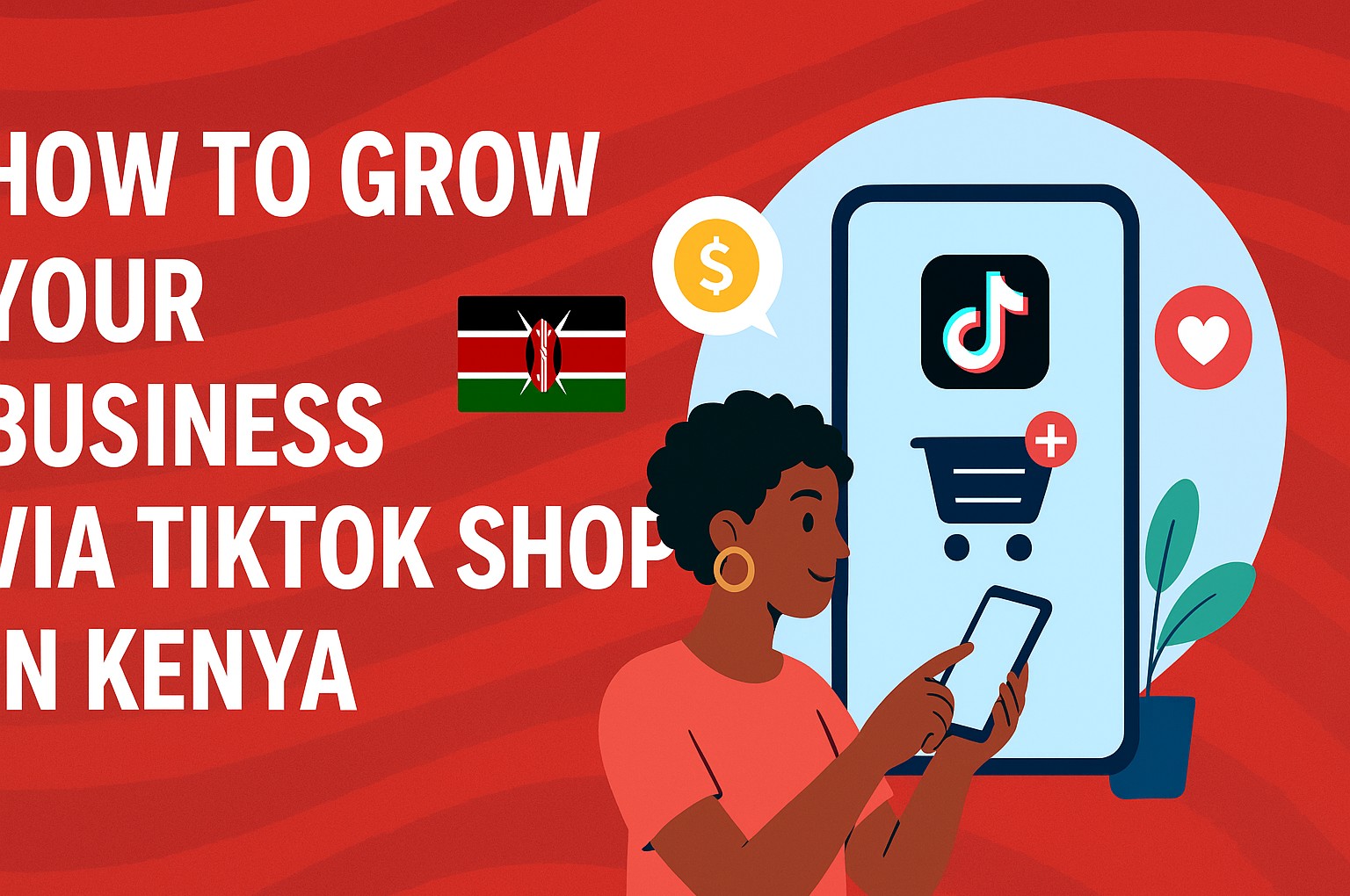

Titus Morebu
Author
How to Launch a Successful Small Bakery in Kenya (2025 Guide)
Start your Kenyan bakery with clarity: from licensing and cost planning to marketing and growth strategies for long-term success.
How to Launch a Successful Small Bakery in Kenya (2025 Guide)
Dreaming of opening your own bakery in Kenya? Whether you imagine a cozy shop in your neighborhood or a small home-based baking business, this guide walks you step by step through everything you need to know—legal, financial, operational, marketing, and growth. 🍞🧁
Understanding the Bakery Landscape in Kenya
The bakery industry in Kenya is evolving fast. Urbanization, changing consumer preferences, and the demand for specialty breads, pastries, and custom cakes have created both opportunity and competition. A successful bakery today needs more than good recipes—you need strategy, consistency, and smart operations.
- Growing demand: Many Kenyans now treat baked goods not just as staples but also as treats and celebratory items.
- Niche trends: Whole grain, gluten-free, artisanal, and locally flavored products are increasingly sought after.
- Delivery & online sales: Consumers expect convenience. Home delivery and online ordering give bakeries an edge.
- Competition intensity: Many neighborhoods already have bakeries. You must differentiate on quality, branding, or service.
Step 1: Craft a Solid Business Plan
A clear business plan is your roadmap and also helps attract partners, lenders, or investors.
Key elements to include:
- Executive summary: Your vision, mission, and bakery concept (bread, cakes, pastries, hybrid).
- Market analysis: Who are your customers? What do they value (price, taste, appearance, health)? Who are your competitors? What gaps exist?
- Products & menu: Select a focused menu initially—perhaps bread, buns, muffins, simple cakes—and expand later.
- Operations plan: Location, production workflow, equipment, staffing needs, supplier relationships.
- Marketing strategy: Branding, channels (social media, local flyers, partnerships), pricing, promotions, loyalty programs.
- Financial forecasts: Startup cost estimates, revenue projections, break-even point, cash flow analysis.
- Risks & mitigation: Ingredient price fluctuations, equipment failures, competition, regulatory changes.
Step 2: Legal Registration & Compliance
Operating legally builds trust and avoids shutdown risks. Below are the common regulatory requirements in Kenya:
Business structure & registration
Choose whether to register as a sole proprietor, partnership, or limited company. Use the Kenya Business Registration Service to register your business name and entity.
Tax registration
Obtain a Personal Identification Number (PIN) from the Kenya Revenue Authority (KRA). If your revenue exceeds the VAT threshold, register for VAT.
County & health permits
- Business permit / trade license: Issued by your local county government.
- Food hygiene / health certificate: Staff handling food must have medical clearance; premises must pass health inspection.
- Fire safety certificate: Many counties require this for food outlets.
- Standards certification: Kenya Bureau of Standards (KEBS) may inspect and certify standards for food safety, labeling, etc.
Additional compliance
Ensure all bakery staff have food handler training, maintain a log for hygiene practices, and adhere to waste disposal requirements.
Step 3: Choose Your Location & Layout
Your choice of location and how you design the space influence visibility, cost, and operations efficiency.
Location criteria
- High foot traffic zones (near markets, schools, offices).
- Residential estates with limited bakery competition.
- Good road access for deliveries.
- Sufficient utilities: water, electricity, ventilation, drainage.
- Affordability—rent should allow you to maintain healthy margins.
Layout & production flow
Design your space to minimize cross-contamination and maximize efficiency:
- Production area: Ovens, mixing, proofing zones.
- Quality control & packing: Space to check, package, label.
- Display & retail front: Attractive glass showcases, counter area.
- Storage: Dry ingredients, cold storage, packaging supplies.
- Utilities & waste zones: Handwashing station, waste bins, cleaning area.
Step 4: Acquire Equipment & Supplies Wisely
Select equipment matching your scale. Over-investing early can kill your finances; under-investing can hurt quality and capacity.
Essential equipment list
- Oven(s) — deck ovens, convection ovens, or combination
- Mixers and dough machines
- Proofers (fermentation cabinets)
- Worktables and stainless steel surfaces
- Cooling racks, trays, baking pans
- Refrigeration and freezers
- Display cabinets and shelving
- Utensils, measuring tools, piping bags, molds
- Packaging supplies (boxes, bags, labels)
Sourcing supplies & ingredients
Some tips:
- Buy flour, sugar, yeast, salt from reputable, consistent suppliers.
- Consider local millers to reduce costs and support local supply chains.
- Maintain buffer stock to guard against supply chain disruptions.
- Monitor ingredient quality continuously—small changes affect your final product.
- Negotiate credit terms with suppliers to ease cash flow pressure.
Step 5: Hire & Train Your Team
A bakery is only as good as its people. Invest time in recruiting and training.
Staff roles to consider
- Bakers / pastry chefs: Create consistent quality products.
- Decorators / cake finishers: For custom orders and decorative work.
- Sales / cashier staff: Frontline customer interactions.
- Delivery / logistics: To manage deliveries efficiently.
- Cleaner / kitchen assistant: To support operations and hygiene
Training & standards
- Food safety, hygiene, and handling practices
- Recipe consistency—train staff to produce identical quality
- Equipment operation & maintenance
- Customer service protocols
- Periodic refreshers, quality audits, and incentive schemes
Step 6: Marketing, Branding & Sales Strategy
Even the best bakery needs visibility. Use smart marketing to build trust and drive sales.
Brand identity
- Create a memorable name, logo, and visual style
- Design packaging that is clean, attractive, and functional
- Use consistent brand messaging across online and offline materials
Digital marketing & online presence
- Build a simple website with your menu, prices, contact, ordering options
- Leverage social media (Instagram, Facebook, TikTok) to post behind-the-scenes photos, special promos, and new offerings
- Offer online ordering (via website or WhatsApp) and delivery options
- Use local SEO so that people in your area searching “bakery near me” find you first
Offline & grassroots marketing
- Flyers and posters in neighboring streets, offices, schools
- Sampling in busy zones or during events
- Referral programs: e.g., “bring a friend, get discount”
- Collaborate with local cafés, restaurants, offices to supply baked goods
- Participate in fairs, farmer’s markets, community events
Pricing & profit margins
Set your prices to cover all costs—including ingredients, labor, utilities, rent, packaging—and allow a margin. Monitor competitor pricing but don’t underprice quality. Regularly review your cost structure and margin targets.
Step 7: Operation & Financial Management
Daily operations and finances must be sound to keep the business running and scaling.
Production scheduling & workflow
- Plan baking cycles to match peak demand times (morning bread, midday pastries, evening deliveries)
- Implement FIFO (first in, first out) for ingredient use
- Track waste and spoilage to control losses
- Set cleaning schedules and preventive maintenance for equipment
Inventory & cost control
- Maintain stock records of raw materials, packaging, finished goods
- Use inventory software or simple spreadsheets to alert you when reorder is needed
- Negotiate bulk discounts when financially viable
Accounting & cash flow
- Keep daily sales and expense logs
- Maintain separate business and personal bank accounts
- Generate monthly profit & loss and balance sheets
- Track cash flow to avoid shortages—plan for lean periods
- Pay taxes and file returns on time to avoid penalties
Key performance indicators (KPIs) to monitor
- Gross margin per product
- Daily sales per product line
- Waste / spoilage rate
- Labor cost as percentage of sales
- Customer repeat rate
- Average order value
Estimated Startup Costs & Capital Requirements
Below is a ballpark estimate for a small bakery in Kenya (2025). Costs will vary by location, scale, equipment brand, import duties, and finish quality.
| Expense Item | Estimated Cost (KES) |
|---|---|
| Basic commercial oven + mixer + proofing units | 200,000 – 500,000 |
| Other baking equipment & utensils | 50,000 – 150,000 |
| Renovation / shop fit-out | 50,000 – 200,000 |
| Initial ingredient stock & packaging | 20,000 – 50,000 |
| Licenses, permits, registration | 10,000 – 30,000 |
| Working capital (2–3 months) | 50,000 – 150,000 |
| Marketing & branding | 10,000 – 30,000 |
Total approximate startup range: KES 300,000 to KES 700,000. Lower amounts may suffice for home-based or micro-bakery setups.
Step 8: Launching & Scaling Up
Soft launch & market test
- Open quietly, serve friends, neighbors, and early orders first
- Use feedback to fine-tune recipes, service, packaging
- Offer promotions (e.g. “first week 10% off”) to attract customers
Growth strategies
- Add new product lines (cakes, cookies, savory baked goods)
- Offer catering or event orders
- Partner with local institutions (schools, offices, restaurants)
- Open new branches or franchise if your model is replicable
- Invest in automation or upgraded equipment to reduce labor costs
Innovation & differentiation
Stay ahead by innovating:
- Launch seasonal or limited edition flavors
- Introduce healthier options (wholegrain, low sugar, gluten-free)
- Blend local flavors (e.g. mango, cassava, millet) into baked goods
- Offer baking classes or workshops to engage your audience
Challenges You’ll Face & How to Overcome Them
- Ingredient price volatility: Lock in prices, build supplier relationships, keep buffer stock.
- Equipment breakdowns: Schedule regular maintenance, have contacts for quick repairs.
- Cash flow crunches: Monitor cash daily, avoid overstocking, maintain a reserve.
- Competition pressure: Focus on niche, excellent customer service, branding.
- Quality consistency: Use standard recipes, regular staff training, quality checks.
- Regulatory changes: Stay updated with food safety laws and licensing rules.
Conclusion & Final Tips
Launching a small bakery in Kenya is an exciting yet demanding journey. Success lies in thoughtful planning, strong operational discipline, differentiated offerings, and marketing that connects with your community.
Here are a few final tips:
- Start small, prove your model, then scale.
- Focus first on consistent quality—your product is your reputation.
- Maintain excellent hygiene and regulatory compliance for trust.
- Stay close to your customers—listen, adapt, delight.
- Reinvest profits to fuel growth—upgrade equipment, expand menu, enhance marketing.
With perseverance, creativity, and good planning, your bakery can become a beloved brand in your community. The aroma of fresh bread and pastries could soon become the daily delight that people look forward to.
Learn more about business registration procedures at the Kenya Business Registration Service. You can also check food safety standards at the Kenya Bureau of Standards (KEBS).
Gallery

Related Articles
3 articles
How to Become a Supplier to Supermarkets in Kenya – A Step-by-Step Guide 🌟
Learn how to register, pitch, and win supply contracts with Kenyan supermarkets. Step-by-step process, tips, and legal requirements — your roadmap to success.

Best Money-Saving Strategies for Kenyan Small Business Owners
Practical and actionable tips for small business owners in Kenya to cut costs, boost profits, and build resilience in 2025.

How to Grow Your Business via TikTok Shop in Kenya 🚀
Unlock TikTok Shop Kenya strategies to boost sales, visibility and customer trust with proven tactics for 2025 success.